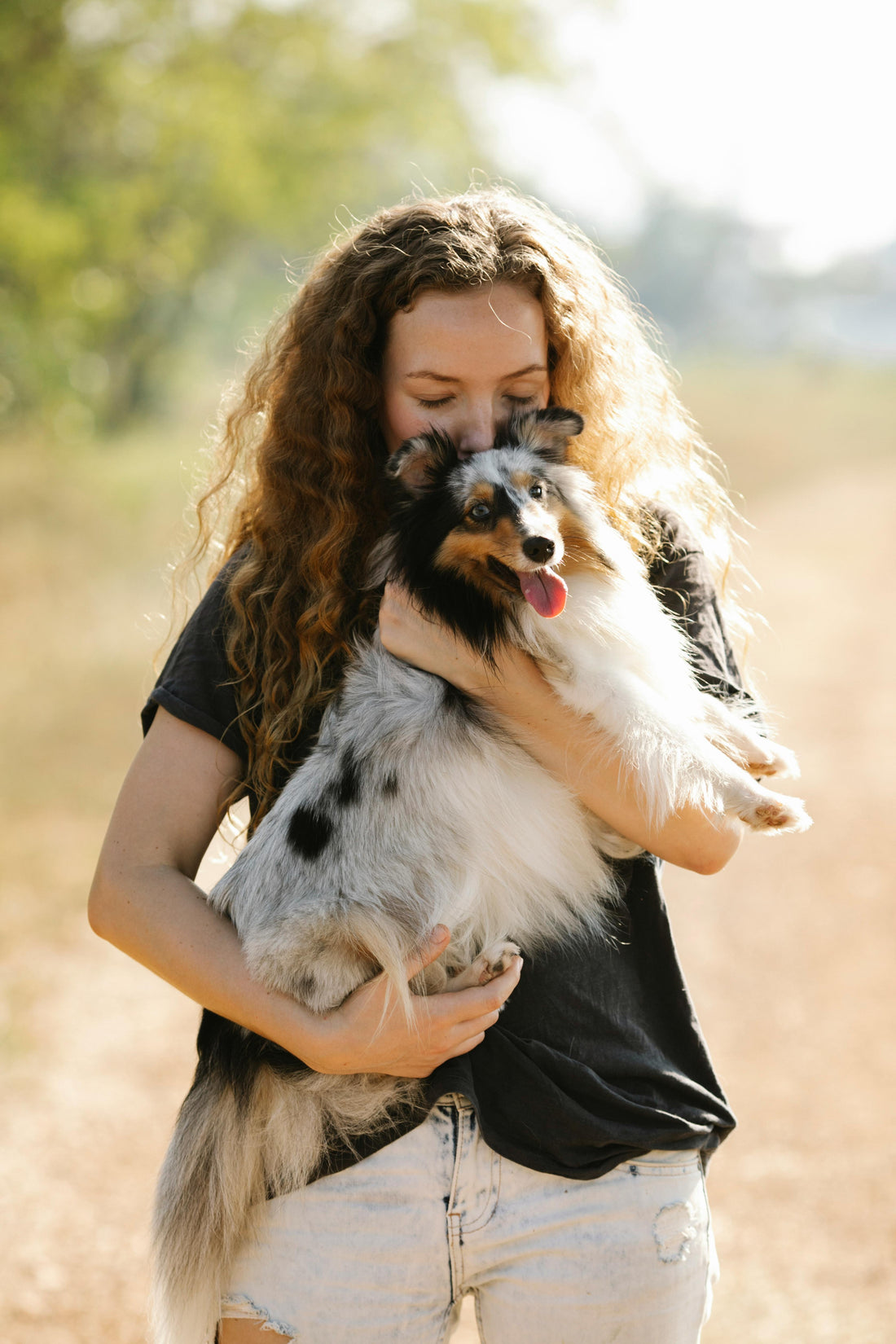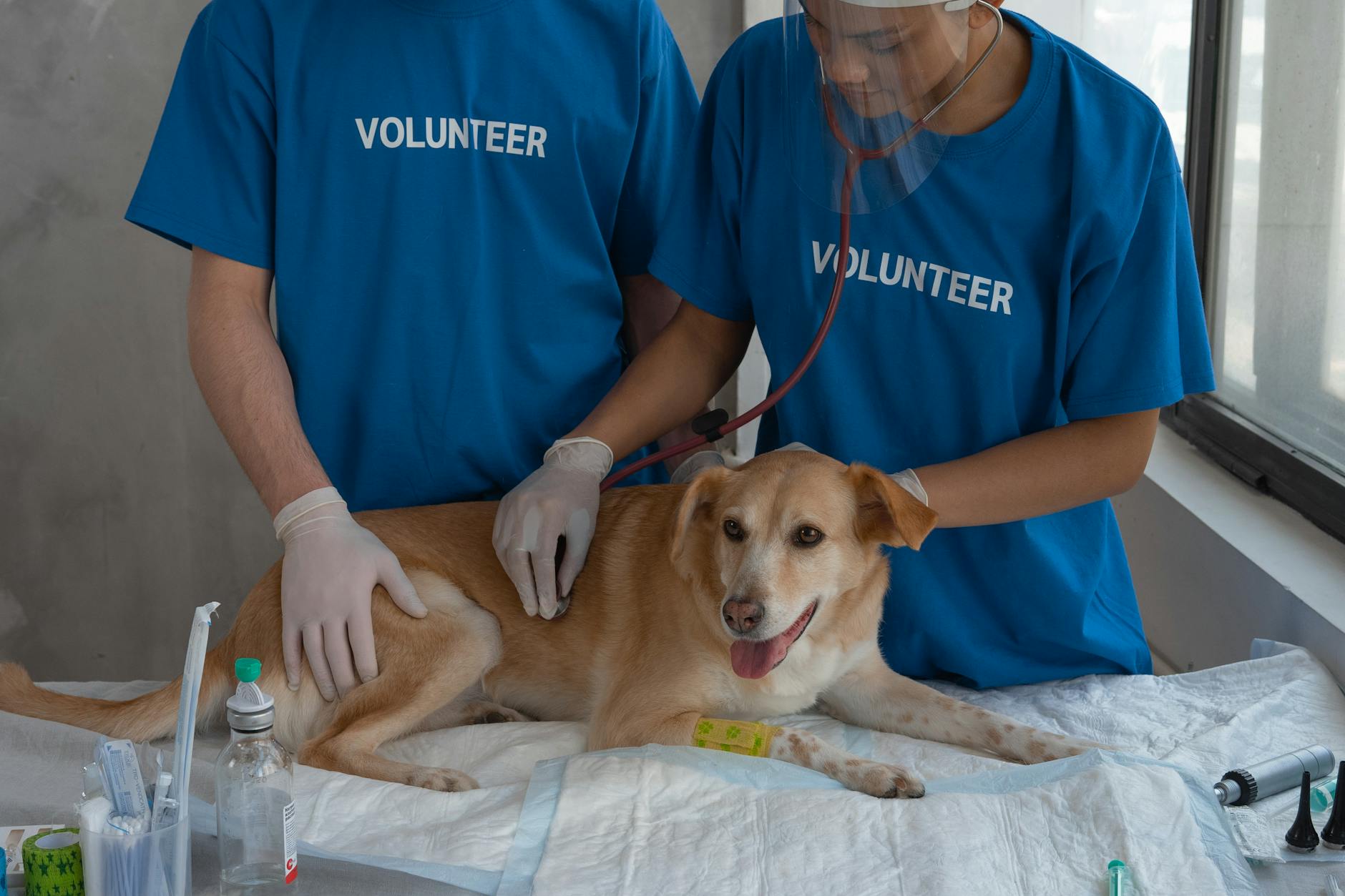
How Often Should You Take Your Dog to the Vet? Simple 2025 Guide
Share
How Often Should You Take Your Dog to the Vet? A Simple Guide for Every Life Stage
You love your dog like family. You want them to live a long, happy life. So here is the big question: how often should you take your dog to the vet?
Regular checkups do more than update shots. They catch little issues before they become big problems, help you plan better care, and keep your dog feeling their best. The right schedule depends on age, health, breed, and lifestyle. A high-energy hiking buddy may need a different plan than a couch-loving senior.
This guide breaks down what most dogs need at each life stage, based on current guidance from AAHA and AKC in 2025. You will see how often to go, what happens at each visit, and when to book an extra trip. The goal is simple, keep your dog healthy and keep your peace of mind.
Vet Visit Frequency by Your Dog’s Life Stage
 Photo by Mikhail Nilov
Photo by Mikhail Nilov
AAHA and AKC agree on one key point. Every dog should have at least one full vet exam each year. Many dogs do better with two. Your vet will tailor the plan based on age, breed risks, and daily life.
Here is a quick look at common schedules.
| Life stage | Typical frequency | Why it matters |
|---|---|---|
| Puppies (6 to 16 weeks) | Every 3 to 4 weeks | Vaccines, deworming, growth checks |
| Young adults (6 to 12 months) | 1 or 2 visits | Final boosters, spay or neuter planning |
| Adults (1 to 7 years) | At least yearly | Preventive care, dental, labs as needed |
| Seniors (7+ years) | Every 6 months | Bloodwork, pain checks, early disease detection |
Your vet may suggest more visits for certain breeds, chronic issues, or active outdoor lifestyles.
Puppies: Building a Strong Health Foundation
Puppies grow fast. They need visits every 3 to 4 weeks, starting around 6 to 8 weeks old and continuing until 16 weeks. These visits cover core vaccines, deworming, flea and tick prevention, and quick checks on weight and behavior.
What this looks like:
- 6 to 8 weeks: First vaccines, fecal test, start parasite prevention.
- 10 to 12 weeks: Boosters, discuss training and socialization.
- 14 to 16 weeks: Final puppy vaccines, microchip if not done.
- Around 6 months: Spay or neuter when your vet advises.
- 12 months: Full exam and booster shots to finish the puppy series.
Why this matters: Early care can prevent costly problems later. For example, protecting against parvovirus and distemper saves lives. Catching a bite misalignment early can prevent dental pain down the road.
Adult Dogs: Keeping Healthy Habits in Check
From ages 1 to 7, most dogs need at least one wellness exam each year. Some dogs benefit from twice-yearly visits, like working dogs, dogs with allergies, or breeds prone to certain issues.
What to expect at these visits:
- A nose-to-tail physical exam
- Vaccine updates based on risk
- Heartworm, tick, and flea prevention plan
- Dental checks and cleanings as needed
- Diet and weight review, plus exercise tips
- Screening tests if your vet recommends them
Adults often look healthy on the outside. Yearly visits help catch quiet problems early, like dental disease, weight gain, or early arthritis.

Photo by Tima Miroshnichenko
Senior Dogs: Monitoring Age-Related Changes
Around age 7, most dogs shift into senior care. Larger breeds may enter this stage sooner. Plan for vet visits every 6 months so your vet can track small changes over time.
Senior care often includes:
- Full physical exam, body condition score, pain check
- Bloodwork and urine tests to spot early kidney, liver, or thyroid issues
- Blood pressure checks and heart evaluation if needed
- Arthritis support, joint care, and comfort plans
- Diet changes and supplements when appropriate
The goal is quality of life. More frequent visits help you fine-tune care so your dog stays comfortable, active, and happy.

Photo by Tima Miroshnichenko
Signs Your Dog Needs an Extra Vet Trip Between Check-Ups
Dogs hide pain well. If something feels off, trust your gut and call your vet. Extra visits are smart when your dog gets sick, gets hurt, or starts acting differently.
Common triggers for an out-of-cycle appointment:
- Vomiting or diarrhea that lasts more than a day
- Coughing, sneezing, or labored breathing
- Limping or sudden stiffness
- Changes in appetite, thirst, or bathroom habits
- Unexplained weight loss or gain
- Skin issues, hot spots, or new lumps
- Eye redness, squinting, or discharge
- Lethargy, hiding, or unusual behavior
- Seizures, collapse, or extreme weakness
- Heat exposure, toxin worries, or bite wounds
If your dog has known risks, like a breed prone to heart disease or bloat, call sooner. Quick care can prevent a small problem from becoming an emergency. When unsure, ask the clinic if it is urgent or if you can monitor at home for a short time.
Common Health Red Flags to Watch For
- Vomiting or diarrhea: Can lead to dehydration or signal infection.
- Limping or pain: May be injury, joint disease, or a torn ligament.
- Lethargy: A vague sign that deserves attention, especially if sudden.
- Increased thirst or urination: Can point to diabetes, kidney disease, or infection.
- Weight loss: Might suggest dental pain, parasites, cancer, or metabolic disease.
Prompt visits help, especially for chronic issues like allergies, arthritis, or breed-related heart problems. Early is easier and often cheaper.
Frequently Asked Questions About Dog Vet Visits
How Much Do Routine Vet Visits Cost in 2025?
A basic wellness exam often ranges from 50 to 100 dollars, depending on location. Vaccines can add 20 to 40 dollars each. Flea, tick, and heartworm prevention vary by size and brand. Bloodwork for seniors can range from 100 to 200 dollars. Budget monthly if you can. Pet insurance and wellness plans help spread costs and soften surprise bills.
Can I Skip Vet Visits If My Dog Seems Healthy?
Skipping checkups is risky. Many issues start quietly, like dental disease, heart murmurs, or early kidney problems. Annual exams, or twice yearly for seniors, catch these before they get serious. Your dog may seem fine, but a vet can spot changes you cannot see.
What Vaccines Does My Adult Dog Still Need?
Core vaccines usually include rabies and a combo for distemper, parvovirus, and adenovirus. Boosters are given on a schedule your vet sets, often every 1 to 3 years based on AAHA guidelines. Non-core vaccines, like leptospirosis, Bordetella, or Lyme, depend on your area and lifestyle. Your vet will tailor the plan.
How Often Should Small Breed Dogs See the Vet?
Small breeds often live longer and may shift to senior care around ages 7 to 9. Plan for twice-yearly visits at that point. Some small breeds have dental issues or heart risks, so your vet might suggest more frequent checks. Keep an eye on weight changes and dental care year-round.
Is Telemedicine a Good Alternative to In-Person Visits?
Telemedicine works for quick advice, minor skin follow-ups, or reviewing behavior videos. It cannot replace a hands-on exam, vaccines, or lab tests. Use it as a support tool between visits, not a full replacement. Your vet can tell you when an in-person exam is needed.
When Is a Vet Emergency vs. a Scheduled Appointment?
Go to emergency care for trouble breathing, seizures, major bleeding, collapse, suspected bloat, or poisoning. Eye injuries also need urgent care. Mild vomiting, soft stools, or a small limp can often wait for a same-day or next-day appointment. When in doubt, call. The clinic can guide you.
Conclusion
So, how often should you take your dog to the vet? Puppies need visits every 3 to 4 weeks until 16 weeks. Adults do well with at least one wellness exam each year. Seniors benefit from checkups every 6 months. Extra visits matter when you notice changes in behavior, appetite, or comfort.
Your vet will customize the schedule to your dog’s age, breed, health, and lifestyle. That is the best way to catch problems early and keep tails wagging. Ready to take the next step? Schedule your dog’s next appointment today. A little time now means more happy years together.